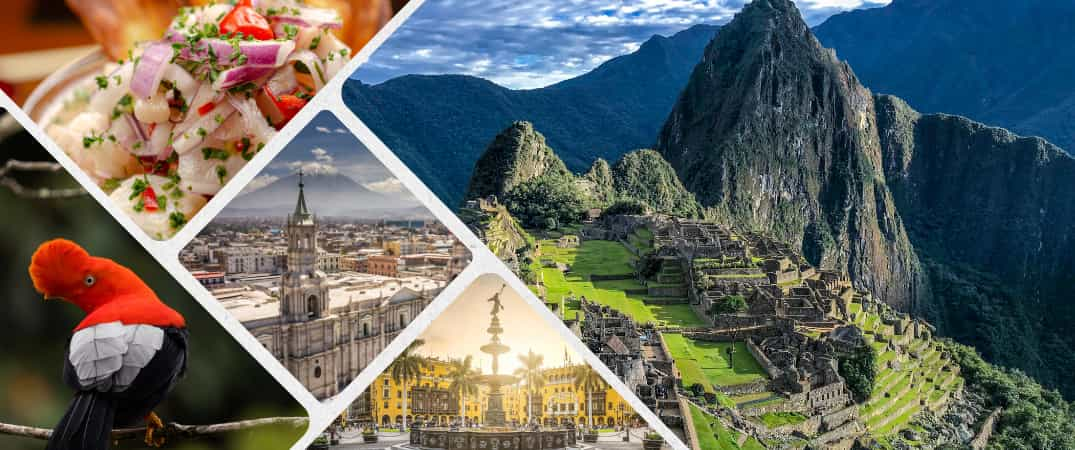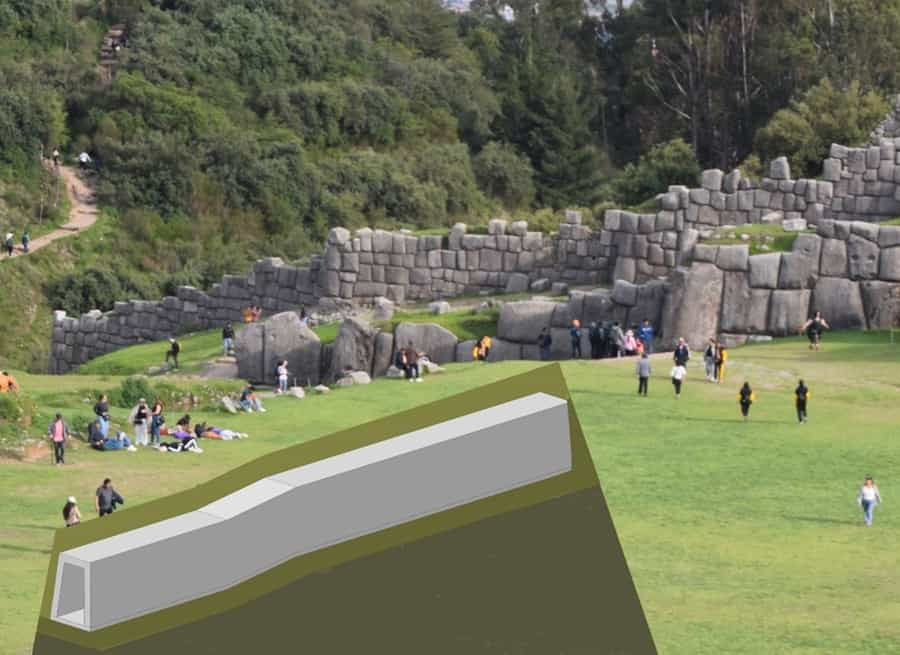A groundbreaking discovery has emerged in Cusco, Peru, where a pair of archaeologists claim to have identified underground Inca passages connecting the Coricancha temple to the Sacsayhuamán archaeological park. These sites, located at altitudes ranging from 3,400 to 3,700 meters above sea level, hold immense historical and cultural significance.
The discovery sheds light on ancient Inca engineering marvels known in chronicles and oral traditions as “chincanas” or labyrinths. Jorge Calero Flores and Mildred Fernández Palomino, members of the “La Chincana” project and alumni of the Universidad Nacional de San Antonio Abad del Cusco (UNSAAC), are leading this research. Collaborating with a multidisciplinary team and international experts from the Swiss company Proceq, they are poised for a major archaeological breakthrough.
The Chincanas: What Lies Beneath
According to Calero Flores, these underground passages consist of massive trenches lined with stone walls, roofs, and beams of intricately carved stone, covered by layers of earth up to two meters deep. Measuring between 1 to 2.6 meters in width and 1.6 meters in height, the passages may have been designed for transporting the Inca on ceremonial litters.
The research combines historical records, sound tests, and advanced georadar techniques, revealing astonishing results. Calero explains, “We analyzed 16th- and 17th-century documents. Chronicler Anello de Oliva describes numerous underground passages, while an anonymous chronicler mentions routes near the Cathedral and Sacsayhuamán. These accounts helped trace the chincanas.”
One significant passage, approximately 1,750 meters long, links Coricancha—now the colonial-era Santo Domingo Temple—to a stone ceremonial site near the “Rodaderos” sector of Sacsayhuamán. This site, shaped like an “H,” was likely used to observe celestial phenomena and solar events. Calero suggests that Inca Huayna Cápac constructed a temple atop Sacsayhuamán in honor of his wife.
A Network of Pathways
The underground network features three additional branches: one leading to Callispuquio, another to Muyucmarca in Sacsayhuamán, and a third extending behind San Cristóbal Temple. The latter branch appears to descend parallel to Procuradores Street in Cusco’s main square, connecting to an Acllahuasi (house of the chosen women).
From Sacsayhuamán to Coricancha
The primary passage runs beneath the Sacsayhuamán esplanade and follows a pre-Hispanic path, descending towards the Choquechaca River. Near the river, the passage takes a sharp turn, avoiding the cyclopean walls of Sacsayhuamán. It continues in a straight line toward the Colcampata Palace, reaching San Cristóbal Temple before descending into the Coricancha.
This route crosses urbanized areas of modern Cusco, where ventilation shafts have been identified. The researchers believe these shafts served as air outlets for the subterranean structure.
Historical and Academic Foundations
The archaeologists’ work is informed by the writings of Inca Garcilaso de la Vega, who described elaborate underground vaults connecting Sacsayhuamán’s towers. Calero Flores and Fernández Palomino attribute much of their progress to their mentor, Dr. Manuel Chávez Ballón, known as the “Father of Cusco Archaeology.” Chávez Ballón’s insights on hidden passages in Machu Picchu and Cusco guided their investigations.
“He knew with precision where to search,” Calero states, adding that Chávez Ballón’s advice to explore beneath streets and terraces proved invaluable.
Seeking Official Approval
Fernández Palomino revealed that they have submitted a request to the Ministry of Culture for authorization to excavate in Sacsayhuamán. The application is under review and could be approved within 30 days, paving the way for potential excavation between March and April.
This discovery not only bridges ancient Inca engineering with modern technology but also invites global attention to Peru’s rich archaeological heritage. If verified, these chincanas will offer unparalleled insights into the Inca civilization’s ingenuity and ceremonial practices.

